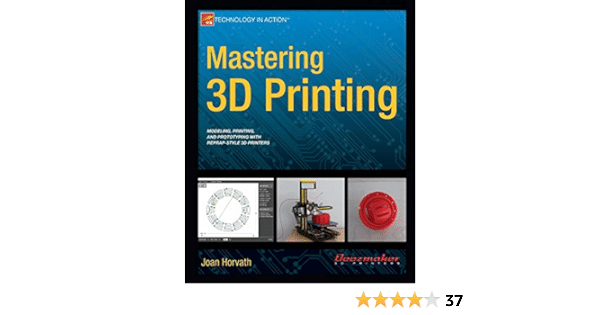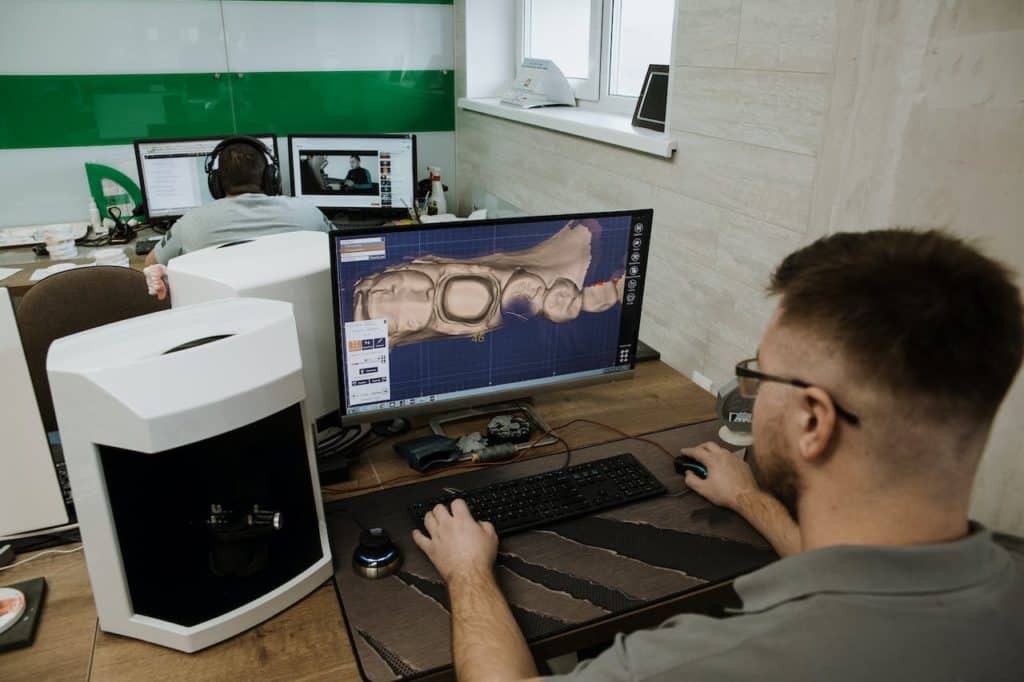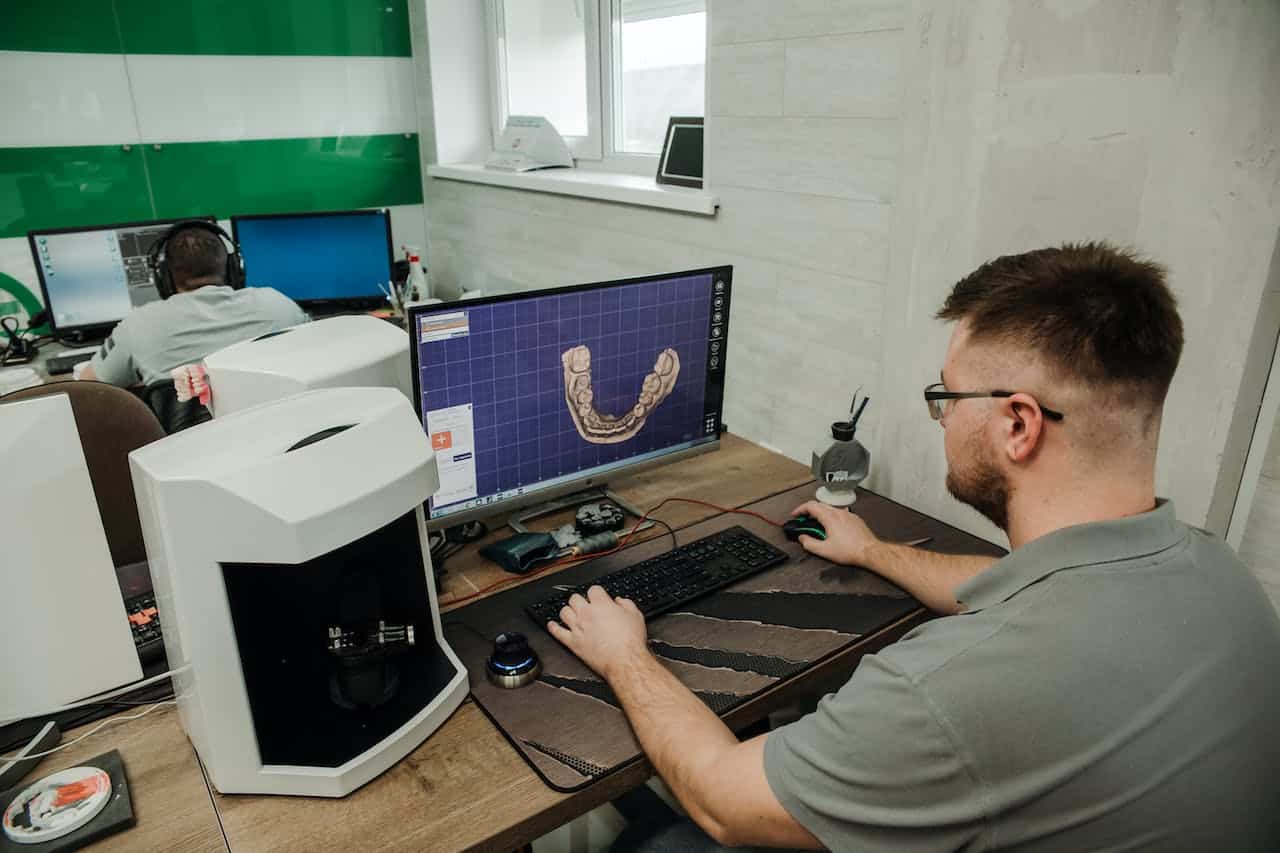The field of 3D modeling has grown tremendously over the years. This is a technique in computer graphics that involves the generation of a three-dimensional digital representation of a physical object or surface. 3D modeling plays an integral part in numerous industries such as gaming, architecture, filmmaking, and more. This article aims to guide aspiring individuals or even professionals who wish to learn and enhance their 3D modeling skills in a fast and efficient way.
3D modeling is the process of fabricating a mathematical, wire-frame representation of any three-dimensional object through dedicated software. Real-life applications of 3D modeling span across various fields such as film animation, interior design, architecture, gaming, medical imaging, virtual reality, and many more. The essentials of 3D modeling encompass learning about meshes, vertices, edges, faces, and much more. Understanding various 3D modeling software is also imperative as this is the tool responsible for creating, transforming and rendering your 3D objects.
Best Books to Learn 3D Modeling
When it comes to book selection, few criteria rule the roost such as beginner-friendliness, comprehensive coverage of concepts, real-world application examples, and dabbling with various 3D modeling software. Some of the best books to learn 3D modeling rapidly include:

1. “Mastering 3D Printing” by Joan Horvath and Rich Cameron
Joan Horvath and Rich Cameron’s “Mastering 3D Printing” is a comprehensive resource for anyone looking to delve deep into the world of 3D printing. It covers the breadth of the 3D printing landscape, offering detailed insights into various 3D printers, comparing their functionalities, and guiding users on selecting the right model for their specific needs. Furthermore, the book sheds light on the assortment of materials that can be utilized in these printers, expanding the horizons for potential projects and creations.
Additionally, the book doesn’t just stop at the hardware; it delves into the software side of things, providing tutorials and tips on how to navigate complex 3D modeling programs. It empowers readers with the knowledge to take a project from a mere concept to a physical reality. This is a definitive guide for hobbyists and professionals alike, keen to master the art and science of 3D printing.
2. “Blender 3D Basics” by Gordon C. Fisher
Gordon C. Fisher’s “Blender 3D Basics” serves as an essential primer for those beginning their journey into 3D modeling and animation. Blender, being free and open-source, offers a robust platform for creating professional-grade 3D imagery and animations. The book provides step-by-step tutorials that take new users through the fundamental processes of navigating the Blender interface and tools.
With its focus on practical usage, the book includes multiple projects that readers can follow along with, offering a learn-by-doing approach that has proven effective for many newcomers. Each chapter builds on the previous one, ensuring a solid foundation is laid for more advanced techniques. It is an invaluable resource for students and enthusiasts eager to learn 3D modeling without the overhead of expensive software licenses.
3. “3D Printing for Dummies” by Richard Horne and Kalani Kirk Hausman
For those who find themselves intimidated by the complexity of 3D printing, “3D Printing for Dummies” by Richard Horne and Kalani Kirk Hausman is the ideal starting point. This book demystifies the process, breaking down the components of 3D printing in an easy-to-understand format. From the selection of hardware and software to the choice of materials and design of objects, the book serves as a gentle introduction to the entire process.
It covers the crucial aspects of setup and maintenance of the printer, offers troubleshooting tips for common issues, and suggests ways to optimize prints for better quality and efficiency. The authors also provide guidance on how to turn a hobby into a profitable venture, making it a versatile read for novices and seasoned printers looking to expand their knowledge base.

4. “ZBrush Digital Sculpting Human Anatomy” by Scott Spencer
Scott Spencer’s “ZBrush Digital Sculpting Human Anatomy” zeroes in on one of the most challenging aspects of 3D modeling: sculpting the human figure. ZBrush is renowned for its ability to create incredibly detailed and lifelike models, and this book is an asset for beginners eager to learn this sophisticated software. Spencer offers a clear pathway through the maze of tools and features specific to sculpting human anatomy—a skill that requires precision and an understanding of human proportions and muscle structure.
Through a series of in-depth tutorials, the author guides readers on creating realistic human figures, focusing on the subtleties that can bring a digital sculpture to life. It is especially beneficial for artists transitioning from traditional sculpting to digital, as it bridges the gap between classic sculpting techniques and their digital counterparts.
Benefits of Each Book
The individual learning outcomes offered by these books are diverse, each adding a distinct perspective and depth of knowledge to the world of 3D modeling. “Mastering 3D Printing” is not just a simple guide; it delves deeply into the realm of 3D printing, covering a wide range of topics. It offers comprehensive knowledge about 3D printing, detailing the various techniques, materials, and applications, making it a valuable resource for both beginners and experienced practitioners.
In a similar vein, “Blender 3D Basics” is a standout resource. This book serves as an excellent and practical introduction to Blender, one of the most popular 3D modeling software. It is designed to help beginners grasp the fundamentals while also offering tips and tricks that can benefit intermediate users. The hands-on approach adopted in this book ensures that readers can apply what they learn directly to their projects.
“3D Printing for Dummies” takes a different approach. It demystifies the complexities and technicalities of 3D printing technologies. This book breaks down complicated concepts into more digestible sections, making it an ideal read for those who are new to the world of 3D printing or for individuals who are looking to deepen their understanding of this rapidly evolving technology.
Lastly, “ZBrush Digital Sculpting Human Anatomy” stands out as an extensive reference for sculpting human anatomy. This book is particularly invaluable for artists interested in character or creature design. It provides detailed guidance on the intricacies of human anatomy, helping readers to create more realistic and anatomically accurate 3D models.

Additional Resources for Learning 3D Modeling
While books provide a solid foundation for learning, they are not the only resource available to those interested in 3D modeling. There’s a wealth of online tutorials and learning platforms such as Udemy, Coursera, and Lynda that offer a plethora of courses tailored to different aspects of 3D modeling. These platforms cater to a wide range of skill levels, from absolute beginners to advanced users, and cover a broad spectrum of topics.
In addition to these online resources, training and certification programs are available. These programs not only teach 3D modeling techniques but also provide recognition of your skills through certificates, which can be a valuable asset in your professional portfolio.
Another significant aspect of learning 3D modeling is community engagement. There are numerous communities and forums where 3D modeling enthusiasts and professionals converge. These platforms offer an opportunity to connect with peers, seek guidance, share experiences, and engage in continuous learning. The exchange of ideas and solutions in these communities can be immensely beneficial.
Attending conferences and events related to 3D modeling is another way to expand your knowledge and network. These events often showcase the latest advancements in the field, offer workshops, and provide a platform for professionals to share their experiences and insights.
Tips for Fast Learning of 3D Modeling
Embarking on the journey of learning 3D modeling requires dedication and consistent practice. One effective strategy to fast track your learning curve is by applying your skills to real-world projects. This hands-on experience allows you to understand practical challenges and find creative solutions, thereby deepening your understanding and skills.
Involvement in communities and forums plays a vital role in the learning process. These platforms can provide valuable insights, inspirations, and feedback from more experienced individuals in the field. Engaging in discussions, asking questions, and sharing your work can accelerate your learning and also build a supportive network.
Lastly, it’s important to maintain a healthy learning routine and work-life balance. 3D modeling can be demanding and time-consuming, so it’s crucial to manage your time effectively and avoid burnout. Setting realistic goals, taking breaks, and pursuing activities outside of 3D modeling are essential to staying motivated and productive throughout your learning journey.
Conclusion
The importance of 3D modeling is seemingly increasing. Hence, investing time and effort in learning this skill is undoubtedly worthwhile. Though the process might be challenging, persistence, and dedication can take you a long way. Remember, Rome was not built in a day, and so will your 3D modeling skills. Keep practicing and never stop learning. Happy Modeling!


















